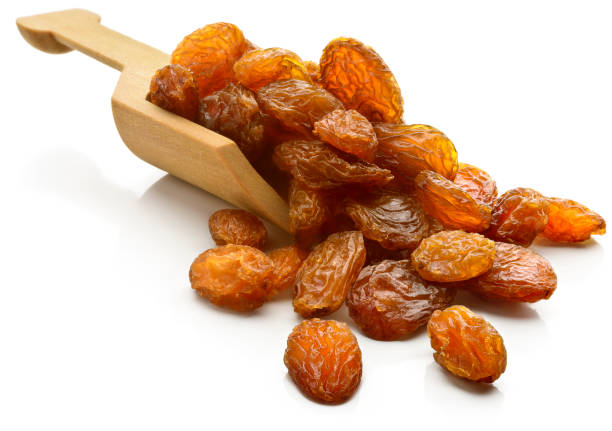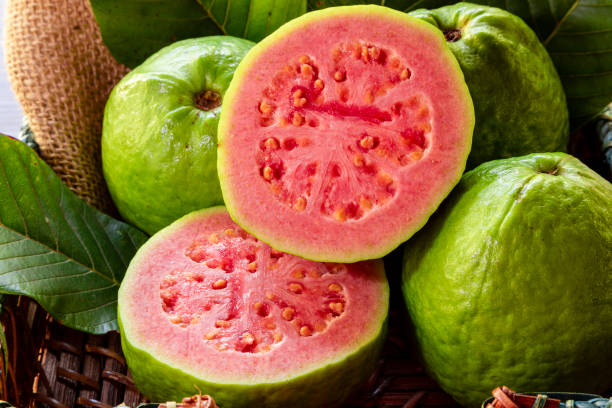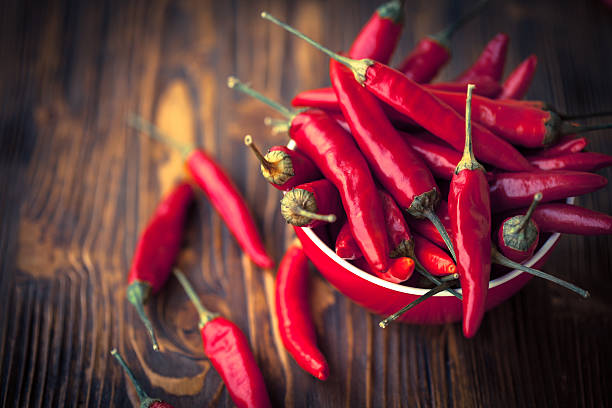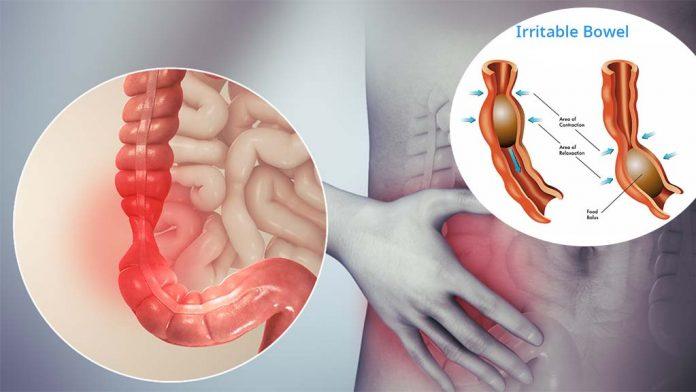Include These Antioxidant-Rich Foods In Your Diet For Healthy You
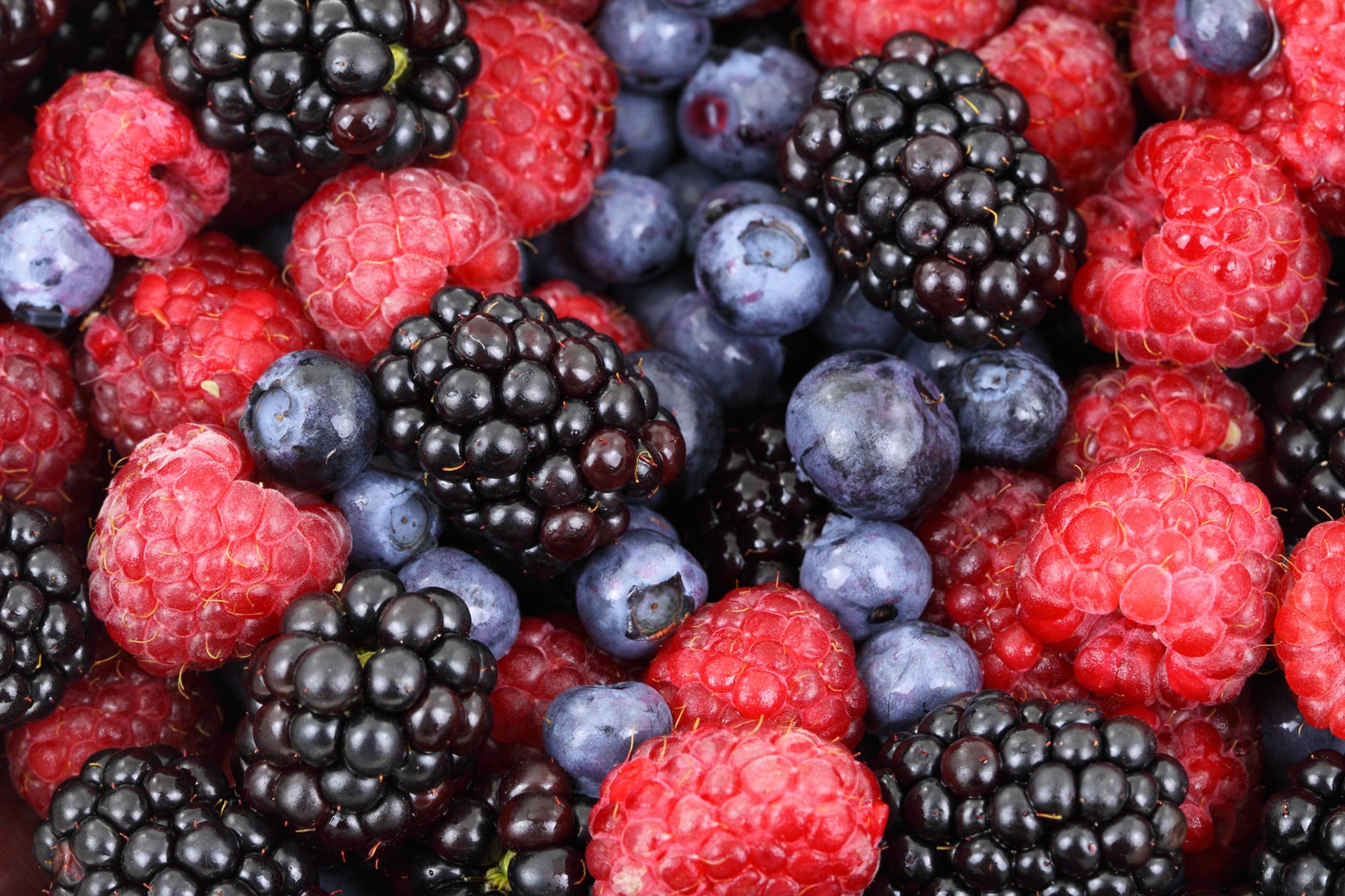
Are you looking for foods high in Antioxidants? If so, you are in the right place.
Antioxidants are compounds that are found in various foods and are also produced by our body— help in defending the cells from free radical damage. When free radicals accumulate in large amounts, they can cause oxidative stress, may damage our DNA and other important structures in our cells.
When oxidative stress becomes chronic, it increases the risk for type 2 diabetes, heart disease, and cancer. Luckily!, there are plenty of foods that are high in antioxidants, which can help to fight oxidative stress and minimize the risk of chronic diseases.
There are several methods that scientists use to measure the antioxidant content of the food; one of them is FRAP analysis(the ferric reducing ability of plasma). This method helps to measure the antioxidant content of the foods by checking how well they neutralize specific radicals. The higher the FRAP value of food, the more is the antioxidants content in the foods.
In this article, we have mentioned the best antioxidant-rich foods that you should include in your daily diet plan.
List of food high in antioxidants:
Below there are some of the most antioxidant-rich foods. These are suitable for both vegetarians as well as vegans.
1.Dark Chocolate
Dark chocolate is one of the most nutritious foods of all time. The cocoa content, as well as minerals and antioxidants in dark chocolate, are way more than regular milk chocolate.
As per the FRAP analysis, 100 grams of dark chocolate has up to 15 mmol antioxidants. This antioxidant content in dark chocolate is even higher than the raspberries and blueberries, which have 2.3 mmol and 9.2 mmol of antioxidants. (source)
The antioxidants found in dark chocolate and cocoa-rich foods are known to have impressive health benefits like the minimized risk of heart diseases and neutralize inflammation.
According to some studies, there is a link between the risk factor of blood pressure and cocoa consumption. Consumption of cocoa-rich foods like dark chocolate reduces systolic/ upper blood pressure by 4.5 mmHg and diastolic/ lower blood pressure by 2.5 mmHg. (source)
Another study presents the fact that dark chocolate minimizes the risk of heart disease by raising the levels of antioxidants and good cholesterol levels in the blood and preventing the bad cholesterol from getting oxidized.
2. Pecans
This is a type of nut which is native to South America and Mexico. Pecans are rich in healthy fats, minerals, and are also one of the foods that are high in antioxidants.
As per the FRAP analysis, 100 grams of pecans contain 10.6 mmol antioxidants. Not only this, but pecans also help to raise the antioxidant levels in the blood.
The research was done on people who consumed 20% of their calories from pecans experienced increased blood antioxidant levels. According to another study, people who consumed pecans notice 26-33% fall in the oxidized LDL blood levels within 2-8 hours. High LDL cholesterol levels increase the risk of heart disease. (source)
Note:- pecans are loaded in healthy fats and are also high in calories. It is important to eat pecans in moderation to avoid consuming more calories.
Read More: The Best Foods to Eat for Diabetes Control
3. Blueberries
If you are looking for antioxidant fruits, then include blueberries in your diet. Blueberries are packed in antioxidants and nutrients while being low in calories.
As per the FRAP analysis, blueberries contain 9.2 mmol antioxidants per 100 grams. Several studies present evidence that blueberries contain the highest content of antioxidants in comparison to all the fruits.
Researches done on animals present that antioxidants found in blueberries delay the process of slow brain function that comes with age. The antioxidants neutralise the harmful free radicals present in the body, reduce inflammation, and change genes’ expression at times.
The antioxidants found in blueberries are known as Anthocyanins, which reduce the risk factor of blood pressure and heart disease and lower the blood’s bad cholesterol levels.
4. Strawberries
When talking about berries, strawberries are the most popular of all. These are versatile, sweet, and good sources of antioxidants and Vitamin C.
According to a FRAP analysis, 100 grams of strawberries contain up to 5.4 mmol antioxidants. Strawberries also contain antioxidants known as anthocyanins, which are responsible for the red color. Strawberries that contain higher amounts of anthocyanins tend to have a bright red color.
Anthocyanins reduced the risk of heart disease by lowering the bad cholesterol level and raising the good cholesterols. (source)
5. Artichokes
One of the most delicious and nutritious vegetables, artichokes are among the antioxidant-rich foods. However, it is not very common in North American diets.
Since ancient times, the artichoke leaves are used to treat liver conditions like Jaundice. These are also good sources of minerals, dietary fiber, and antioxidants.
According to FRAP analysis, 100 grams of artichokes contain 4.7 mmol. Artichokes are loaded with antioxidanenic acid, which is known to have anti-inflammatory and the presence of chlorogenic acid, reducing the risk of type 2 diabetes, cancers, and various heart diseases.
The antioxidant content in artichokes varies depending on how these are prepared. Boiled artichokes raise antioxidant content by up to eight times, while steaming raises it up to 15 times. Meanwhile, frying the artichokes reduces the antioxidant content.
6. Goji Berries
Goji berries are the dry fruits found on two related plants, Lycium chinense, and Lycium barbarum. These have been used as a traditional Chinese medicine for more than 2,000 years.
Goji berries are known as superfoods because they are loaded with minerals, vitamins, and antioxidants. As per FRAP analysis, 100 grams of goji berries contain 4.3 antioxidants.
These contain a unique type of antioxidant known as Lycium Barbarum polysaccharides, which is known to minimize the risk of cancer, heart disease and prevents skin aging. Goji berries are also effective at increasing the blood antioxidant levels.
As per a study conducted on healthy elderly people who consume goji berry-based milk drinks every day for 90 days, the antioxidants level in the blood rises by 57%.
Although goji berries are nutritious, they are expensive to eat on a daily basis.
Read More:- These are The Best Foods For Eye Health And Eyesight
7. Raspberries
You must have seen raspberries often being used to making dessert. These delicious and soft berries are one of the best antioxidant foods/ fruits. Raspberries are loaded with Vitamin C, magnesium, blood, and dietary fiber.
As per FRAP analysis, 100 grams of raspberries contain up to 4 mmol antioxidants. The antioxidants and other components found in raspberries are known to reduce the risk of heart diseases and cancer.
As per a test tube study, antioxidants present in raspberries killed 90% of the colon, stomach, and breast cancer cells. Antioxidant components in Black raspberries can suppress or slow down the effects of many types of cancers and also reduces heart disease risk and oxidative stress in the body.
8. Kale
The most nutritious cruciferous vegetable on the planet, Kale is one of the foods that is known to be high in antioxidants having many health benefits. Kale is also loaded with Vitamin A, C, and K. 100 grams of antioxidants provide up to 2.7 mmol antioxidants. (sources)
Various kale varieties like red Russian and red bor kale contain two times more antioxidants, up to 4.1 mmol. Red kale varieties contain anthocyanin antioxidants along with other varieties, which are responsible for the vibrant colors.
Kale is one of the best plant-based sources of calcium, which is important to maintain bone health and also plays an important role in cellular functions.
9. Red Cabbage
You will be amazed by the impressive nutrient profile of red cabbage. It is also known as purple cabbage, loaded with Vitamin C, K, and A and antioxidants.
As per FRAP analysis, 100 grams of red cabbage provides 2.2 mmol antioxidants, which is four times more than the regular cabbage content. Red cabbage contains higher amounts of anthocyanins, an antioxidant that gives the red color to the cabbage. This is the same antioxidant that is found in raspberries and strawberries.
Anthocyanins antioxidants have several health benefits. These reduce any risk of inflammation and protect against cancer and heart diseases. Red cabbage is also a good source of Vitamin C, which also acts as an antioxidant in the body. It helps in strengthening the immune system and keeping the skin firm.
Boiled or stir-fried red cabbage has a higher antioxidant level than steamed red cabbage, which reduces the antioxidant content by 35%.
10. Beans
Beans are a group of a wide variety of legumes that are super nutritious and inexpensive. These are incredibly rich in fiber, which keeps your bowel movement regulated.
Beans are antioxidant-rich foods and are one of the best vegetable-based antioxidant sources. As per FRAP analysis, 100 grams of beans contain two mmol.
Certain types of beans line pinto beans are rich in antioxidants called kaempferol. This type of antioxidant is linked to many health benefits like reduced risk of cancer and chronic inflammation.
11. Beets
Also known as beetroots, these are the roots of vegetables, which are scientifically known as Beta Vulgaris. Beets are some of those foods that are high in antioxidants, potassium, fiber, folate, and antioxidants.
As per the FRAP analysis, 100 grams of beets contain, on average, 1.7 mmol antioxidants. These contain a type of antioxidants called betalains. This antioxidant gives the red color to the beets and also have many health benefits.
As per many studies, betalains reduces the risk of cancers in the digestive tract and colon. Beetroots also contain a compound that suppresses inflammation and relieves osteoarthritis pain.
Read More:- Stress Relieving Foods You Must Be Munching
12. Spinach
Spinach is packed with nutrition and is one of the best antioxidant foods. This is loaded with minerals, vitamins, and is low in calories. As per FRAP analysis, 100 grams of spinach contains 0.9 mmol.
Spinach contains zeaxanthin and lutein, two types of antioxidants that protect the eyes from UV light and many other harmful light wavelengths. Both these antioxidants prevent the eyes from free radical damage over time.
Final Words:
Antioxidants are compounds produced in the body. Certain foods are also high in antioxidants, which, if included in your daily diet, will protect the body from free radical damage.
Free radicals are harmful molecules that get oxidized over time and increase the risk of heart diseases, diabetes, cancer, and other chronic diseases.
Luckily, eating antioxidant-rich foods help in neutralizing the free radicals and minimize the risk of chronic diseases. By including various antioxidant fruits and foods, you can reap their health benefits.

